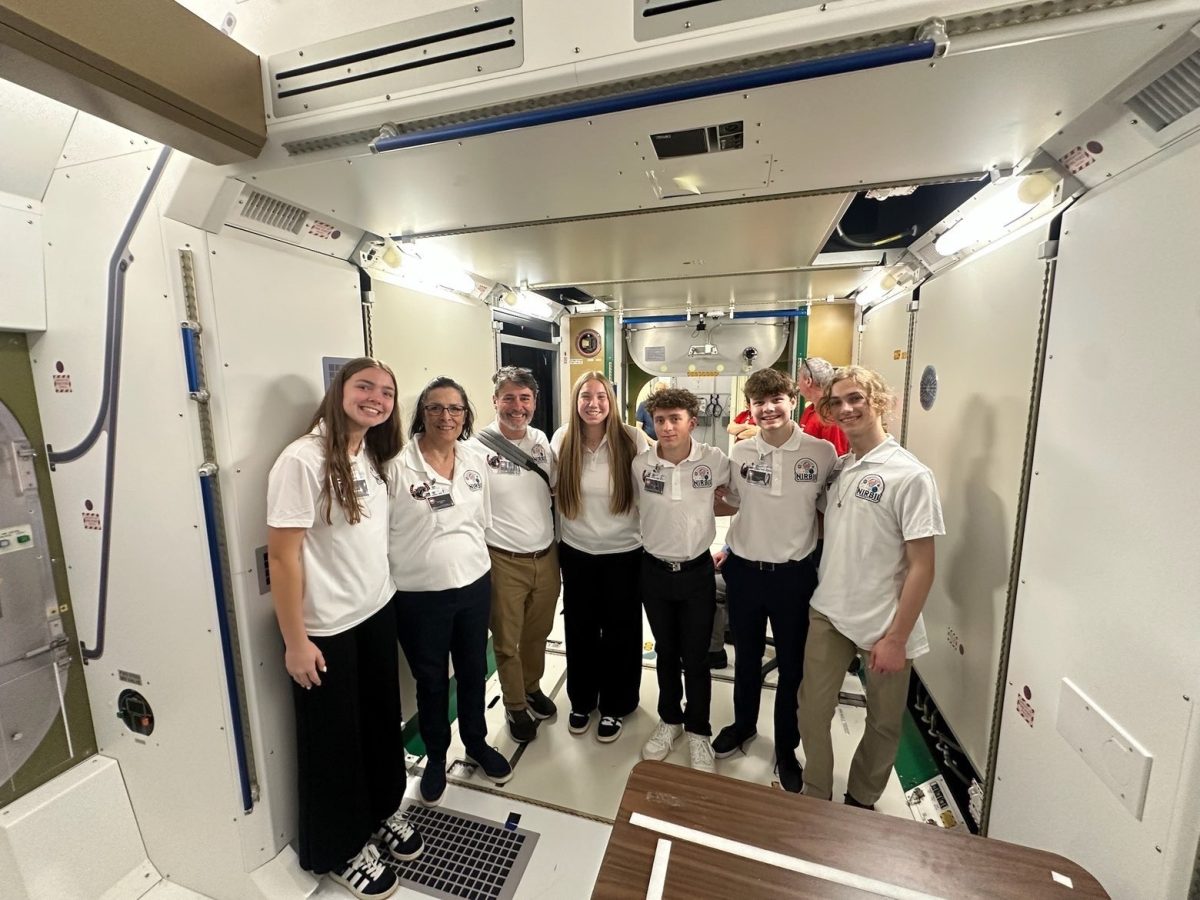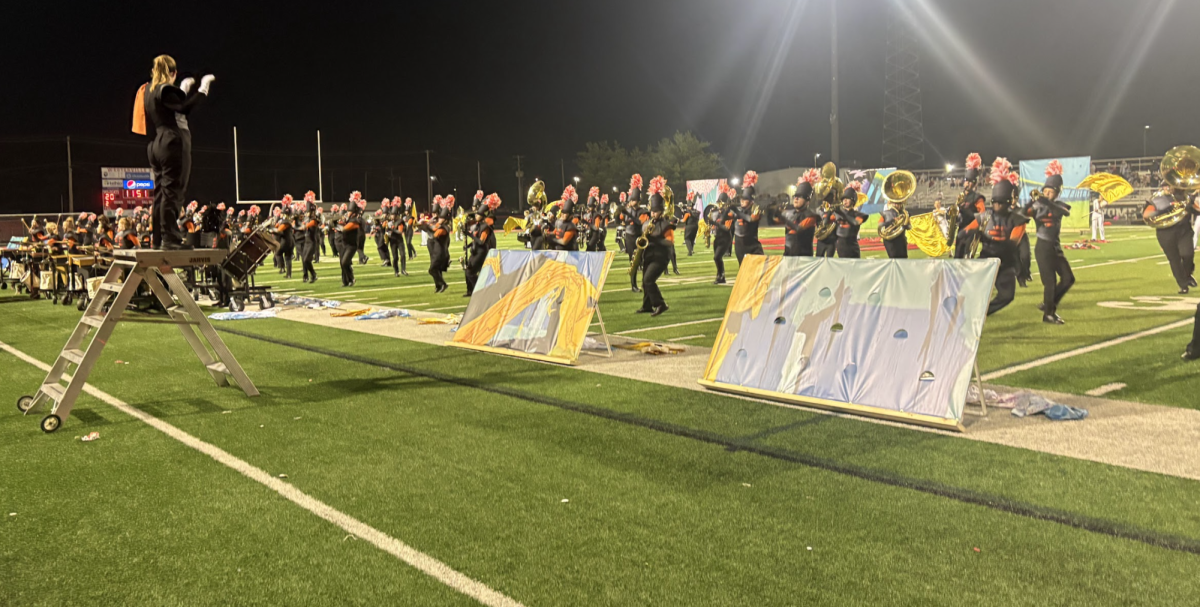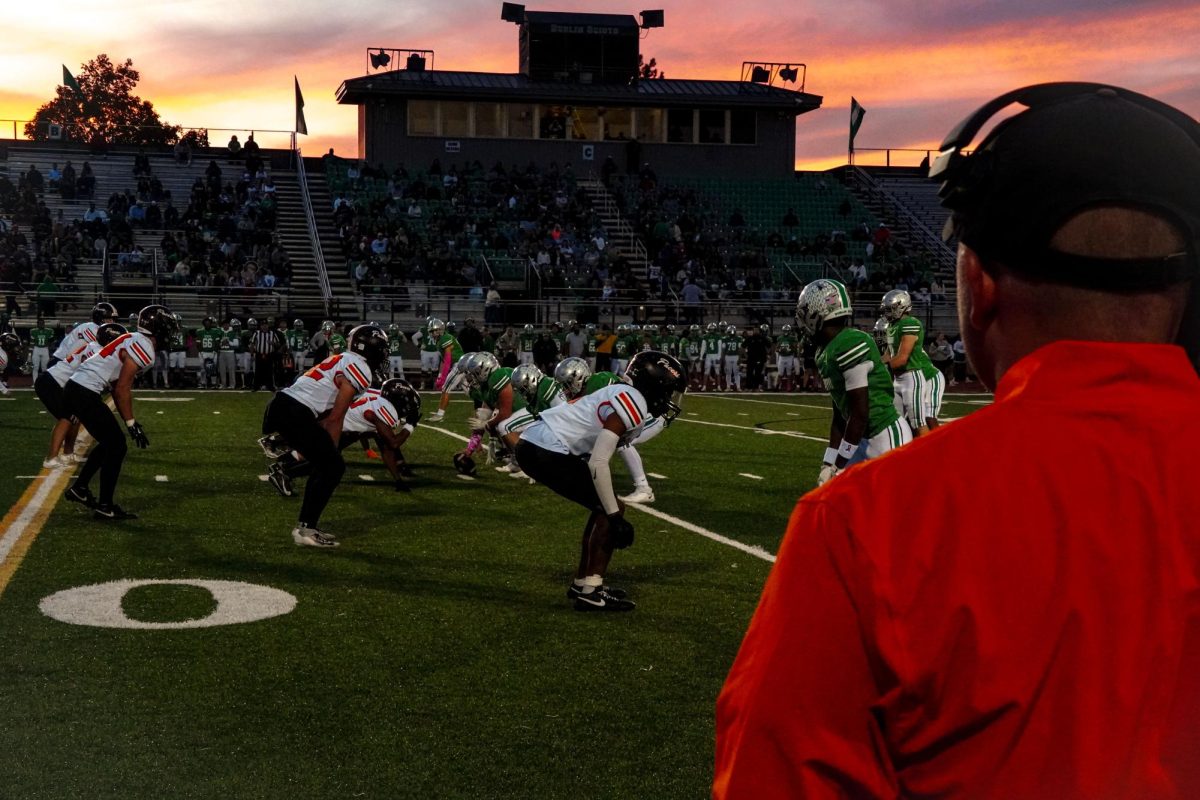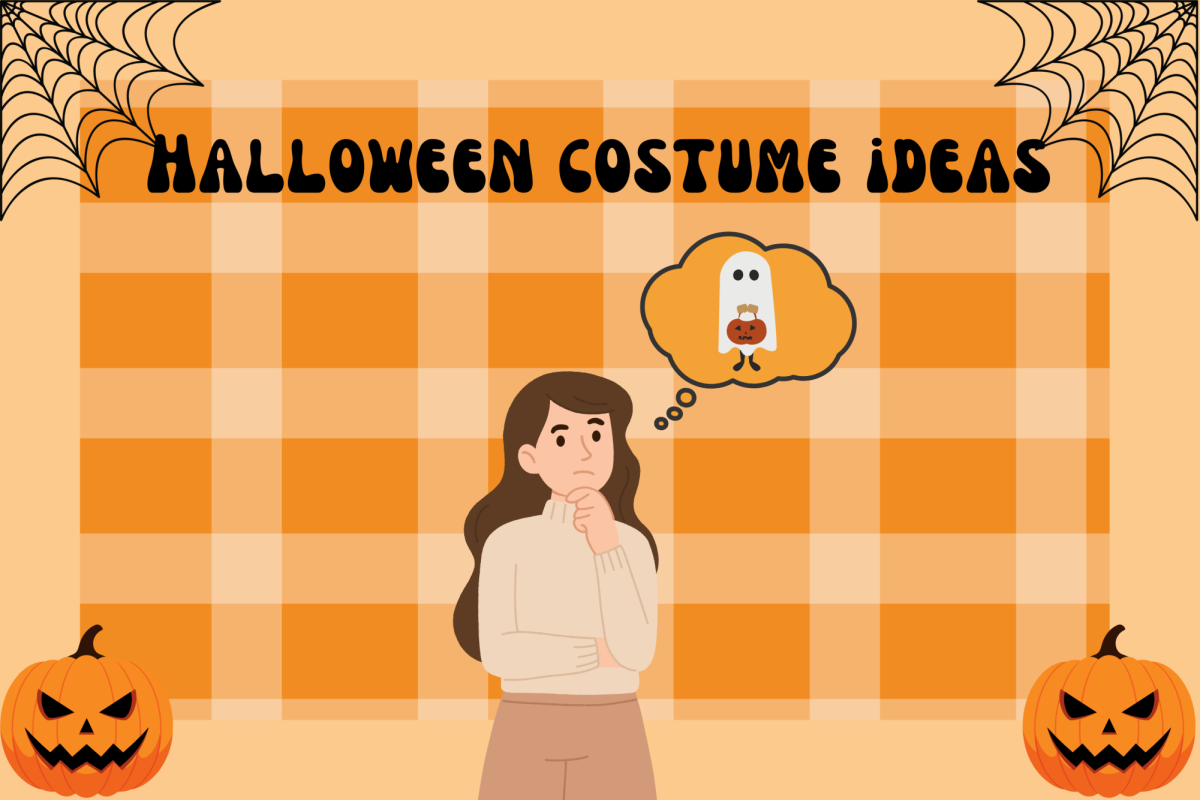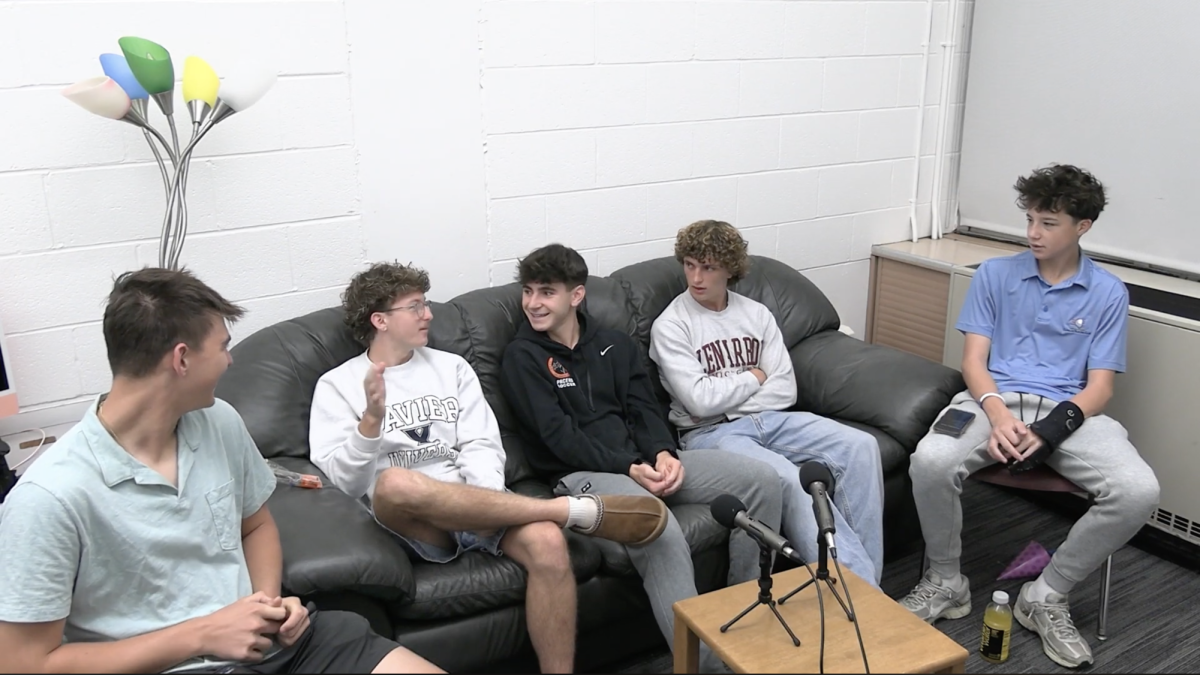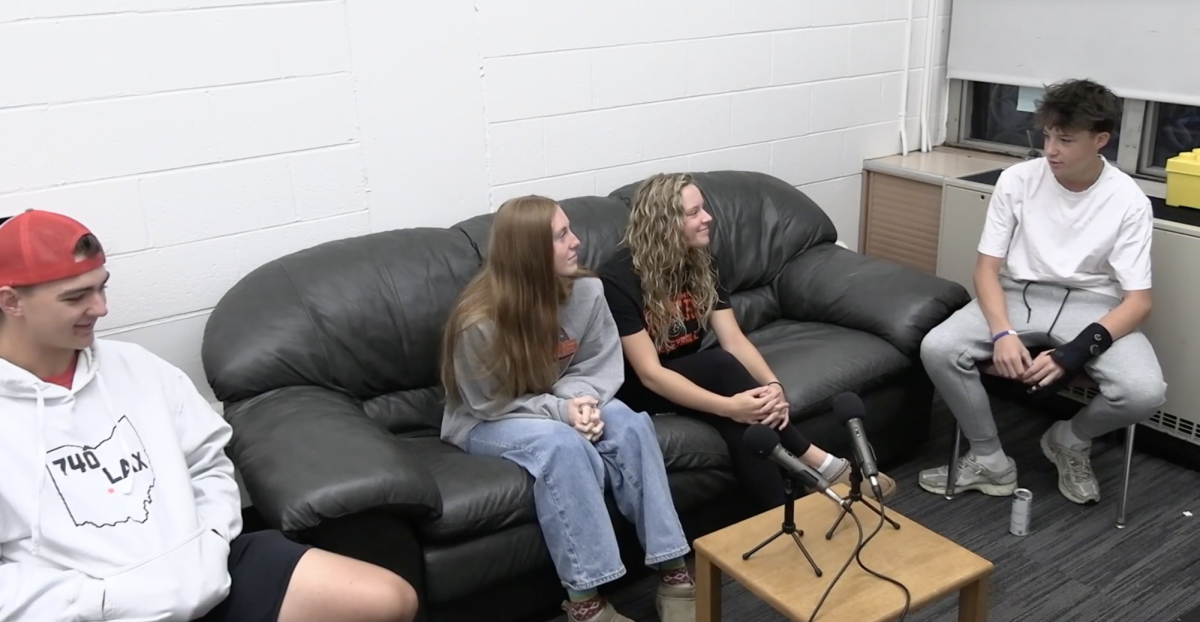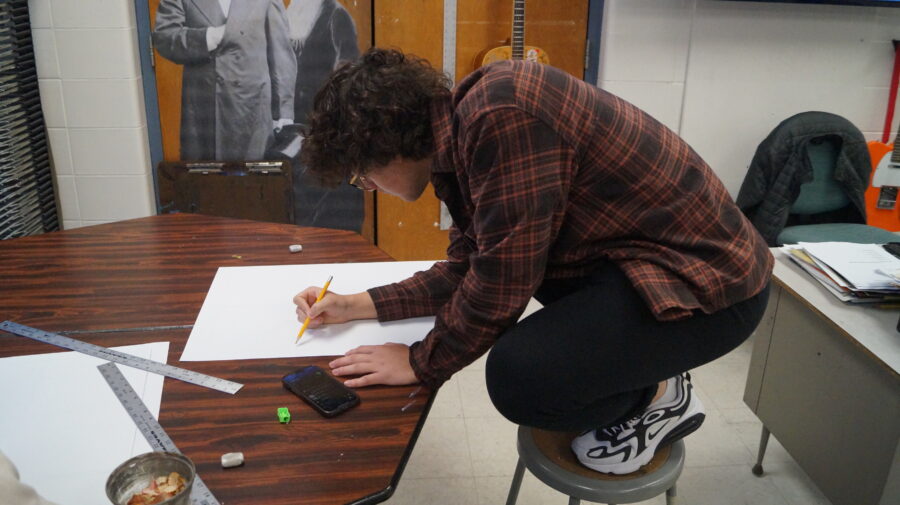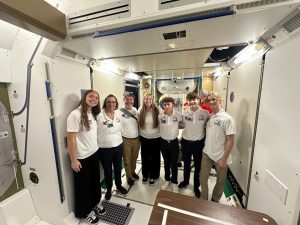Opinion: Art classes are vital in schools
Junior Chris Eden works on an assignment in Jim Bibler’s drawing class. Hayes has four full-time art teachers and offers over 20 different art courses.
March 14, 2023
Over the years, many schools have either cut funding for these essential programs or have just gotten rid of them entirely so they can focus on classes that are considered to be more academic. Art classes are essential to every student’s education; they always have been and always will be.
However, art education is just as much of an academic necessity as any math or English class. They are an unconventional, yet effective, way to teach young kids fine motor skills and problem-solving. Kids learn things such as hand and eye coordination, concentration, self-expression and risk-taking while creating art. If art classes weren’t provided in school, kids could miss out on some of this crucial learning.
Along with teaching kids fine motor skills, art classes also help older students perform better in school. The Missouri Arts Council found that the levels of student participation in art classes are clearly connected to students’ performance in math classes, meaning the more people in art classes, the higher math scores.
The study also found that attendance rates are higher in schools that have higher enrollment rates in art education. This indicates that kids are going to school more often so that they can go to their art classes.
Another benefit to art classes is the time it gives students to de-stress during the day. With mental health issues becoming increasingly more common in recent years, art classes are even more crucial as they let students express what they’re feeling without saying it outright. Being able to put an emotional art piece into the world lets the artist express what they’re feeling without having to explain it to anyone.
Many art classes also focus on mindfulness and ensuring a calm and safe space for students. At Hayes, the expressive art class takes the first two minutes of every class to have a silent meditation. This practice lets students take a break from their busy day to recenter their minds and have a good art experience.
Just being able to appreciate art makes the world a better place, too. According to a study done by the University of Illinois, art appreciation and participation increase levels of civic engagement and social tolerance. This verifies that art helps create better people for society.
Overall, it’s such a necessity to teach kids to be attentive and driven students during school, and art is a great way to do so.




